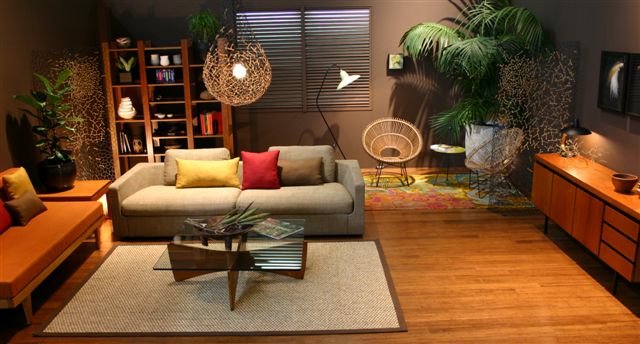 Although some people seem to have an uncanny ability to fix things just by touching them (or even just by looking at them), most of us aren't so lucky.
Although some people seem to have an uncanny ability to fix things just by touching them (or even just by looking at them), most of us aren't so lucky.Official blog for Style Plantation - Interior Design Studios. For the latest in news, products and styling tips to grow your world. www.styleplantation.com 1300 ECO STYLE

Pages
About Me

- Style Plantation
- Style Plantation offers a revolutionary range of renewable and sustainable products to enhance your life while saving our planet. With beautifully appointed showrooms and a team that literally 'walks-the-talk', Style Plantation is one of the leading specialists in Australia. We believe that our commitment to the environment goes further than our range of products and services, it is about our actions as individuals.
For the latest in green news and products to grow your world, and save ours.
www.styleplantation.com
1300 ECO STYLE
Join us on Facebook
About us
Style Plantation is Australia's leading renewable resource company, and offers a revolutionary range of products, services and ideas to enhance your life and home, without straining our natural resources.
Our mission
"Enhancing the environment and our way of life by providing quality renewable resource alternatives in keeping with a meaningful lifestyle."
Contact us
Email us at brendon@styleplantation
Visit our website www.styleplantation.com
Showrooms nationally
Style Plantation is Australia's leading renewable resource company, and offers a revolutionary range of products, services and ideas to enhance your life and home, without straining our natural resources.
Our mission
"Enhancing the environment and our way of life by providing quality renewable resource alternatives in keeping with a meaningful lifestyle."
Contact us
Email us at brendon@styleplantation
Visit our website www.styleplantation.com
Showrooms nationally
Wednesday, April 28, 2010
Why Not Fix It?
 Although some people seem to have an uncanny ability to fix things just by touching them (or even just by looking at them), most of us aren't so lucky.
Although some people seem to have an uncanny ability to fix things just by touching them (or even just by looking at them), most of us aren't so lucky.
Subscribe to:
Post Comments (Atom)
No comments:
Post a Comment